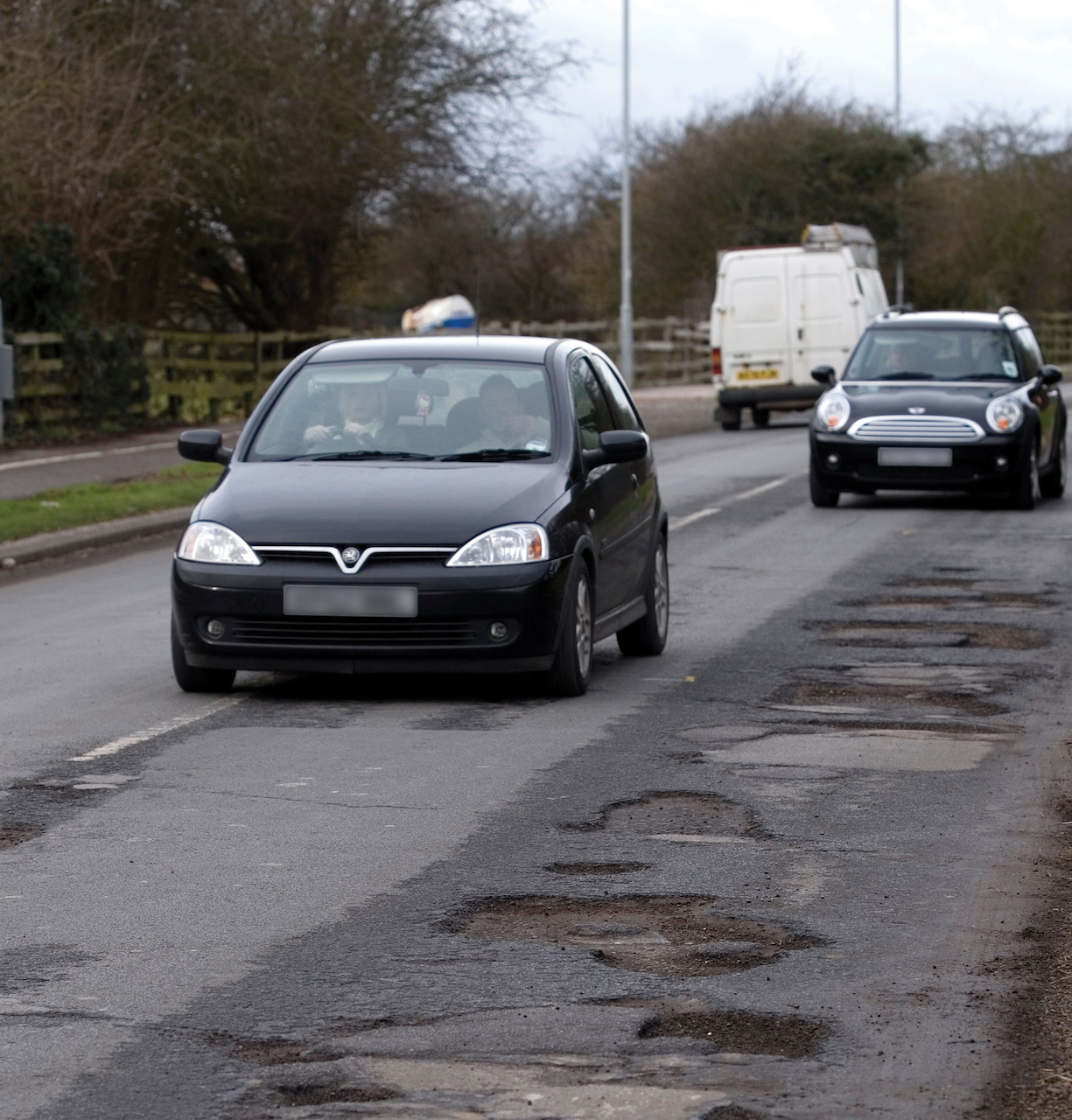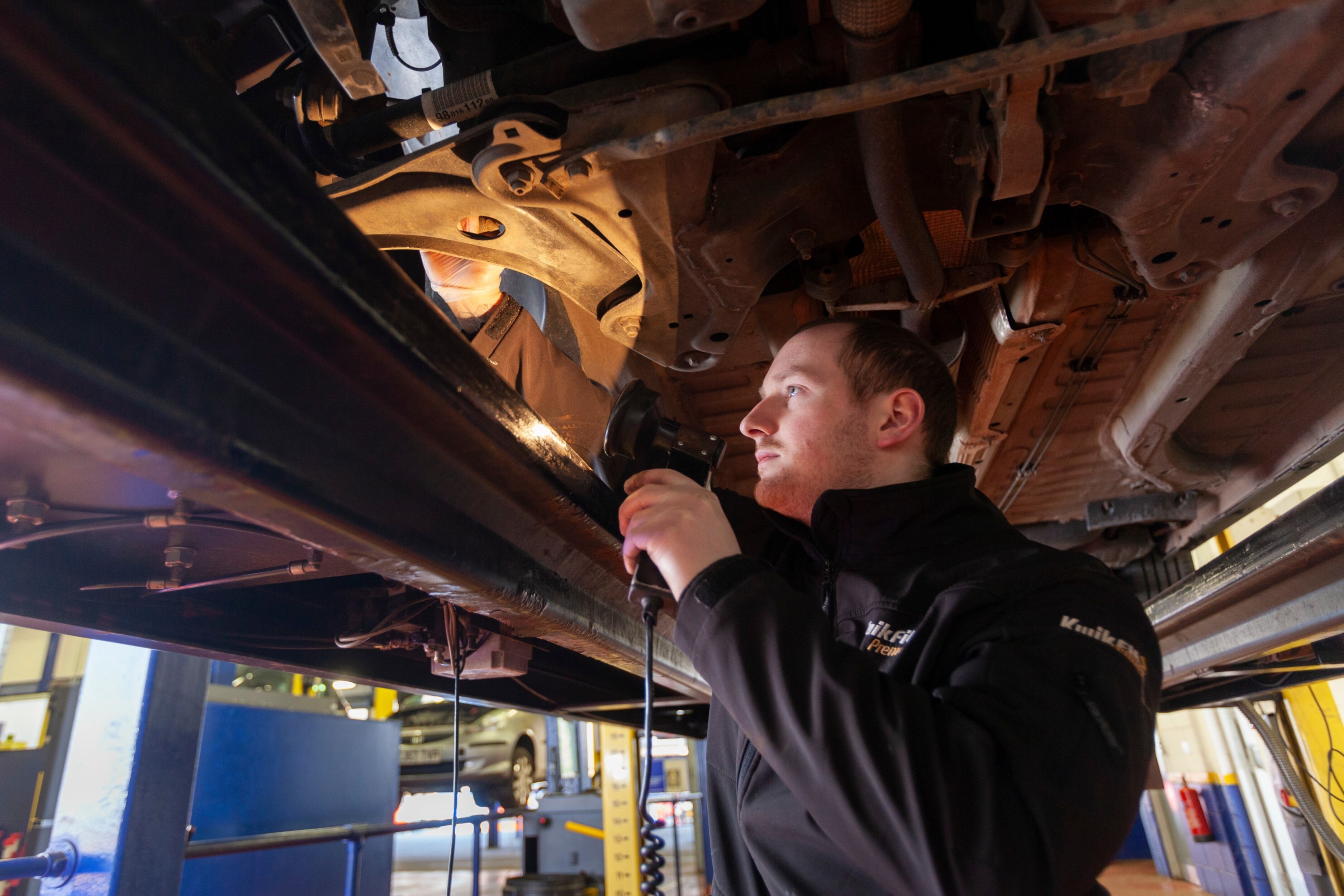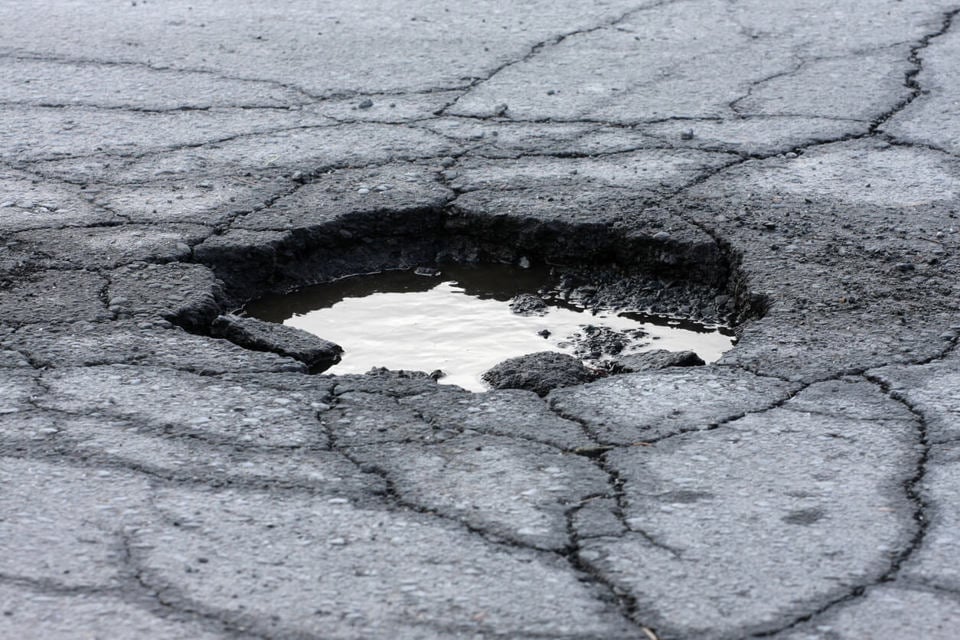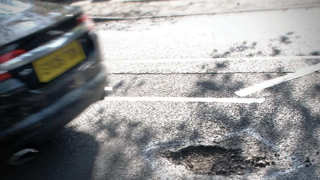Fleets face further downtime and costly repairs thanks to worsening carriageway conditions, with local authority highway teams in England and Wales requiring more than £14 billion to fix the backlog of road repairs.
This year’s Annual Local Authority Road Maintenance (ALARM) survey, published today (March 21) by the Asphalt Industry Alliance (AIA), makes bleak reading.
Average highway maintenance budgets across England and Wales have increased by 4.5% to £25.8 million per authority. However, more than half (53%) of local authorities reported a cut or freeze in their highway maintenance budget.
In fact, when inflation is taken into account, the total highway maintenance budget of £4.33 billion represents a cut in real terms.
The rising costs, due to these inflationary pressures, have resulted in engineers being forced to postpone or cancel road schemes to make savings.
The data shows that in the last year, the gap between what local authorities received and what they said they would have needed to keep roads to their own target conditions and prevent further decline is now £1.3bn – a jump of more than 20% on last year’s figure and the highest amount reported in 28 years of successive ALARM surveys.
Meanwhile, the cost of fixing the backlog of carriageway repairs is reported to have increased by a further 11% on last year’s record figure to a new high of £14.02bn – the equivalent of £68,000 per mile of local road in England and Wales – and would take an average of 11 years to complete.
The Chancellor, Jeremy Hunt, announced a further £200m for councils to fix potholes plaguing the country's roads in the Budget.
However, Rick Green, chair of the AIA, says the extra cash will hardly scratch the surface. “Potholes and the condition of our local roads remain key issues for the public and the Chancellor went someway to recognising this in his spring Budget,” he said. “But the additional £200m one-off payment for local roads in England, while welcome, is just not enough.
“It represents around 20% of the average shortfall in English local authorities’ annual budgets and will do little to improve overall structural conditions and stem further decline.”
He continued: “We all appreciate that there are difficult choices to make with demands and pressures on the public purse coming from every area, but not investing in local road maintenance only leads to worsening conditions, which impact on other locally provided public services, a rising bill to fix the problem and more road user complaints.”
1.4 million potholes filled
Over the past year, ALARM reports that 1.4 million potholes were filled – down from 1.7 million the previous year – but still equivalent to one every 22 seconds.
Overall, £93.7m was spent filling potholes in 2022/23 and the total spent over the past 10 years is more than £1bn.
Local authorities would have needed an average of an extra £7.7m each last year just to reach their own target road conditions.
While half (51%) of local roads are reported to be in good structural condition, the remainder, more than 100,000 miles, could, without appropriate maintenance measures, continue to deteriorate to the point of needing to be rebuilt within the next 15 years.
Almost one fifth (18%) of the network (almost 37,000 miles) is already assessed as having less than five years’ structural life remaining, with the average frequency of resurfacing for all classes of roads now stands at once every 116 years.

Cllr David Renard, transport spokesperson for the Local Government Association (LGA), said: “Councils work tirelessly to repair our local roads, which are the bedrock of our economy – vital for businesses and for ordinary people going about their day-to-day lives. It is therefore alarming that, due to soaring inflation and historic funding cuts, councils’ repair backlog has grown and this has become increasingly challenging to tackle.
“To improve the condition of our roads, the Government should provide a funding increase for councils, including meeting new inflationary pressures. This would help councils focus on long-term investment in existing roads, delivering preventative maintenance and reducing the occurrence of potholes in the first place, which are more expensive to repair.”
13.1 million drivers suffer pothole damage
New data published in Kwik Fit's Pothole Impact Tracker (PIT) shows that over the past 12 months, pothole damage has forced nearly 2.7million cars off the road.
The report found that in the year to March 2023, 13.1 million drivers suffered damage to their car after hitting a pothole, and of these, one in five had to do without their vehicle for more than a week while it was undergoing repairs
The average repair bill faced by each driver was £127, resulting in a total cost to the nation’s motorists of £1.7bn
Kwik Fit's research also found that more than half of all drivers (51%) say the condition of the roads in their area are worse than 10 years ago, with 39% saying they are significantly worse.
Only one in eight (13%) say the roads are in better condition than a decade ago.
Furthermore, almost half of all drivers (47%) think that a portion of the money the Government raises through fuel duty and vehicle excise duty should be ringfenced for improving road surfaces.
Roger Griggs, communications director at Kwik Fit, says its important for drivers to report problem potholes, even if they don’t think they have damaged their car.
“We know councils have huge demands on their budgets, but it is better that they are aware of a pothole as early as possible,” he said.
“The condition of road surfaces only goes in one direction, so the longer a problem is left, the more costly it will be to repair. And obviously, in the meantime, the more damage it will be doing to vehicles and causing problems for drivers whose vehicles are off the road.”

'Deteriorating network with reduced budgets'
This year’s ALARM survey received a record number of responses from 75% of local authorities in England and Wales.
Institute of Highway Engineers chief executive, Steve Spender, said: “With a 75% response rate the report clearly identifies the real challenges that local highway engineers face maintaining a deteriorating network with reduced budgets whilst facing the severe challenges of inflation.
“It clearly highlights the real need for a longer-term funding plan from central government to help prevent further deterioration of our local road network.”
The RAC has long campaigned for a more sustainable form of funding that allows councils to replace roads that are at the end of their useful lives.
“Sadly, everyone but the Government appears to recognise this,” RAC head of roads policy, Nicholas Lyes. “This is why the Government’s eternal emphasis on filling potholes is so frustrating as it’s simply treating the symptoms, and not dealing with the root cause. As a nation so dependent on road transport, we must not let this go on.”
He continued: “It’s incredible that council funding is now so inadequate that almost one-in-five roads have under five years’ structural life left. This means the gap between the money councils have and what they need is widening – with road users ultimately left suffering.”
Head of roads policy at the AA, Jack Cousens, labelled the condition of some of our roads as an “international embarrassment”.
He explained: “Half of councils have already cut back spending on road maintenance. Astonishingly, it now takes more than 100 years to fully resurface the streets and the cash needed to salvage the infrastructure has spiralled to the extreme.
“National and local politicians have failed to look after their biggest and most important asset for years.
“Years of sticking plaster solutions haven’t solved the problem, so it’s now time for serious investment and serious action.”
To view the full ALARM survey, visit www.asphaltuk.org.























Login to comment
Comments
No comments have been made yet.